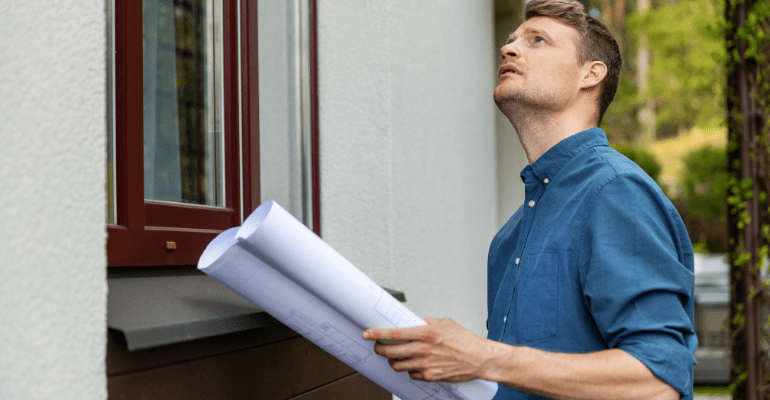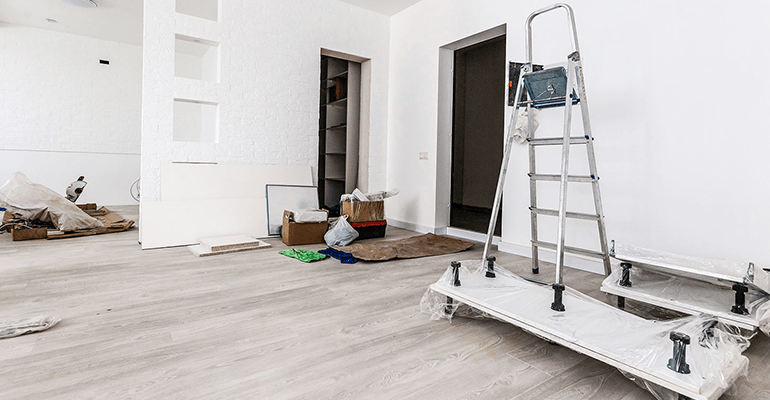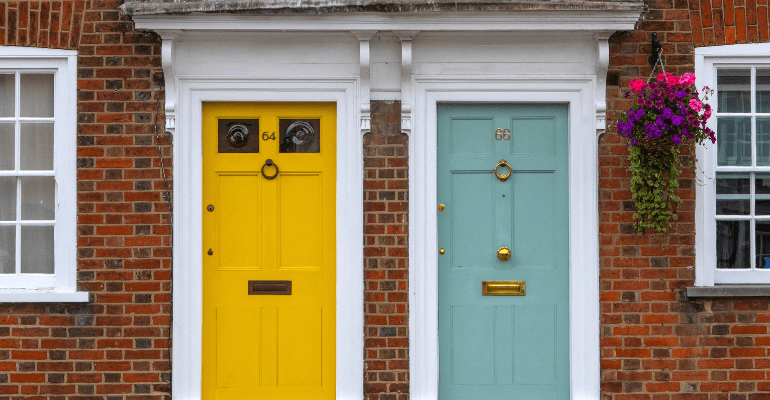
What is the Buy Refurbish Refinance Rent (BRRR) method? – A guide for landlords.
What is Buy Refurbish Refinance Rent (BRRR)?
The Buy, Refurbish, Remortgage, Refinance, Rent (BRRR) method is a popular Buy to Let investment strategy that many landlords use to build their portfolios.
The technique involves buying a property that is in need of repair (typically using short-term bridging finance), renovating it to fix any issues and add value, refinancing onto a more cost-effective finance solution, and then renting the property out to generate income.
It’s very similar to ‘flipping’, a technique which involves buying properties, adding value through improvements and quickly selling for a profit, except that you keep the property as part of your rental portfolio and take advantage of rental income, capital appreciation, and growing equity.
Who is the Buy Refurbish Refinance Rent (BRRR) method for?
Firstly, the BRRR method can be used by both first time landlords, experienced portfolio landlords and Buy to Let Limited Companies. It can also be used for any type of tenancy, including HMOs, student lets, social housing, and holiday lets.
However, because the types of properties involved will require work, money and time to refurbish, it’s not an ideal solution for hands-off investors, those looking to make money on their purchase from day one, or individuals that aren’t able to effectively manage the project.
Also, it’s important to remember that you won’t be able to do every single task yourself, so building a team of trusted tradespeople, solicitors, architects, and, of course, brokers and lenders that you can rely on is key. This will also be beneficial as you repeat the process and continue to build your portfolio, making processes quicker and minimising costly errors and delays.
Let’s look at each stage of the process, and discuss the opportunities, challenges and solutions that are available:
Buy
It may seem like the simplest step in the process, but buying the right property is essential for the BRRR strategy to work. In short, it can make or break your investment even before the first improvement.
For this strategy to succeed, you’ll need to look for properties on sale below market value (BMV). These properties tend to need extensive modernisation or renovation (such as adding a bathroom or kitchen) so make sure that you know:
- how much refurbishing is required to bring the property up to standard,
- the cost of the improvements (including labour and materials), and,
- the potential value of the property once all the repairs have been made.
Although you can find properties like this through estate agents, buying at auction can be a quicker and, in some cases, a cheaper way to pick up distressed properties. But, before you bid, it’s important that you conduct your research and set an upper amount that you’re willing to pay. Bidding too much will eat into your profit margin.
When it comes to getting finance, many of these properties will fail to meet High Street lenders’ Buy to Let criteria. However, this is ok as you don’t want a long-term solution at this point.
A Bridging loan is a short-term finance solution that has much broader criteria. It allows you to purchase houses and flats that are in a state of disrepair and typically gives you up to 12 months to pay back the loan in full. Bridging loans can also be arranged much quicker than other finance products, making them ideal for auction purchases that must be completed within 28 days, and provide you with the funds needed to carry out your refurb.
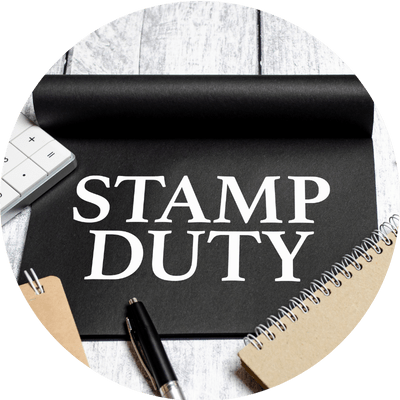
Less Stamp Duty
One of the benefits of buying a property below market value is that you’ll end up paying less in Stamp Duty Land Tax (SDLT).
As landlords and investors pay an additional surcharge of 5% on their purchases (even on properties between £0 and £125,000), buying for less and adding value could potentially save thousands of pounds across a portfolio.
Read our blog on the latest Stamp Duty changes for more info.
Refurbish
Now it’s time to break out the tools and get to work (or at least call in the trades people).
At this stage of the process, your main aim is to carry out renovations that will add value to the property and to complete the whole process within twelve months in order to pay back the bridging loan. As you’ll pay interest for each month that you have the loan (either in monthly instalments or as part of a final lump sum), you’ll ideally want to finish the project as soon as possible to avoid paying more than you need to.
Create a project plan with a checklist and timeline so that you can ensure jobs are carried out in the right order and you know who will carry out each task.
As you’re going to be renting the property out after the refurbishment, you should also think about improvements that will attract tenants and increase your rental yield.
Consider upgrading kitchens and bathrooms, installing energy-efficient windows and upgrades, or adding modern amenities that renters desire. These will help to make your property more marketable and help to increase its value.
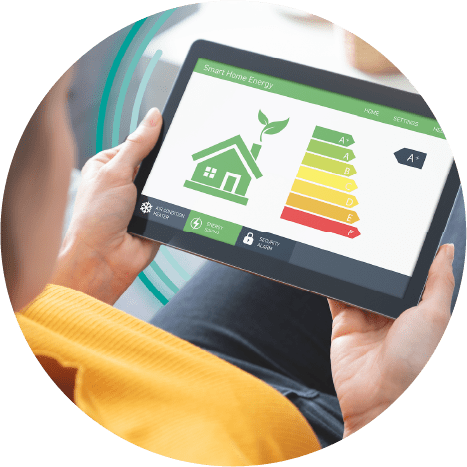
Are your properties EPC ready?
With proposed changes to the minimum EPC rating for rental properties likely to become law, many landlords will need to improve their properties to a C rating.
Under the current proposals, the rules would apply to new tenancies from 2028 and existing tenancies from 2030.
By acting now, you could spread the cost across your portfolio, beat the expensive rush for materials and labour as the deadlines get closer, and avoid the substantial fines from missing the targets.
Visit our EPC Hub for Landlords for more info.
Refinance
With the refurbishments complete, the next stage is to move on to a longer-term Buy to Let mortgage. You’ll be able to take out a mortgage for a percentage of the property’s new value.
As long as you’ve stuck to your timings and costs, the money you receive from the mortgage should allow you to pay off the bridging loanBridging Loans and accrued interest payments, cover your initial deposit, taxes and refurbishment costs, and potentially have extra funds that you can use towards your next investment.
By making improvements and addressing any issues that could’ve made it uninhabitable (such as not having a working bathroom), your property is now likely to meet the Buy to Let criteria for more lenders. This means that you can shop around for more competitive rates.
However, banks and lenders don’t just assess mortgage applications on the state of the property. If you’ve had issues with credit, you’re self-employed, or have complex income, you may still find it difficult to secure funding with a traditional lender. This is where a specialist lender like Together can help, with a range of flexible finance products and a common-sense approach to lending that looks at the individual’s current situation, not just their credit history.
Rent
Finally, you can now rent out the property to cover the monthly mortgage instalments and any extra expenses (such as maintenance and upkeep costs) and generate a passive income from any profit.
You should already know what type of tenants you’d like to rent your property out to (such as students, young professionals or families), and the amount of rent you’d ideally like to charge based off the location and quality of the property.
Renting out the property instead of selling it also allows you to take advantage of house prices if they continue to increase (also known as capital appreciation).
What’s next?
Now that you know that the process works, and you’ve built up good relationships with solicitors, architects, tradespeople and lenders, why not repeat the process and build out your rental portfolio?
One of the advantages of the Buy, Refurbish, Refinance, Rent method is that after refinancing, you’ve essentially got your initial deposit and refurbishment costs back. This means that you can use the same money to invest in a new property.
Additionally, each one of your properties will have some equity built up in it, which will increase as you pay off your mortgage with your rental income. If you need extra funding to buy a new property or to invest in improvements and upgrades, you could use a cross-charge loan secured on several properties to access some of the equity that you already have in your portfolio.
Could the Buy, Refurbish, Refinance, Rent method help you power up your Buy to Let portfolio? Get in touch to find out how Together can support you in achieving your rental property ambitions.
Get in touchAny property, including your home, may be repossessed if you do not keep up repayments on your mortgage.
All lending decisions are based on lending criteria and, where applicable, subject to credit check and an assessment of individual circumstances.
All mortgages are subject to our terms and conditions.
Loans offered by Together Commercial Finance Limited are not regulated by the Financial Conduct Authority.
Articles on our website are designed to be useful for our customers, and potential customers. A variety of different topics are covered, touching on legal, taxation, financial, and practical issues. However, we offer no warranty or assurance that the content is accurate in all respects, and you should not therefore act in reliance on any of the information presented here. We would always recommend that you consult with qualified professionals with specific knowledge of your circumstances before proceeding (for example: a solicitor, surveyor or accountant, as the case may be).


